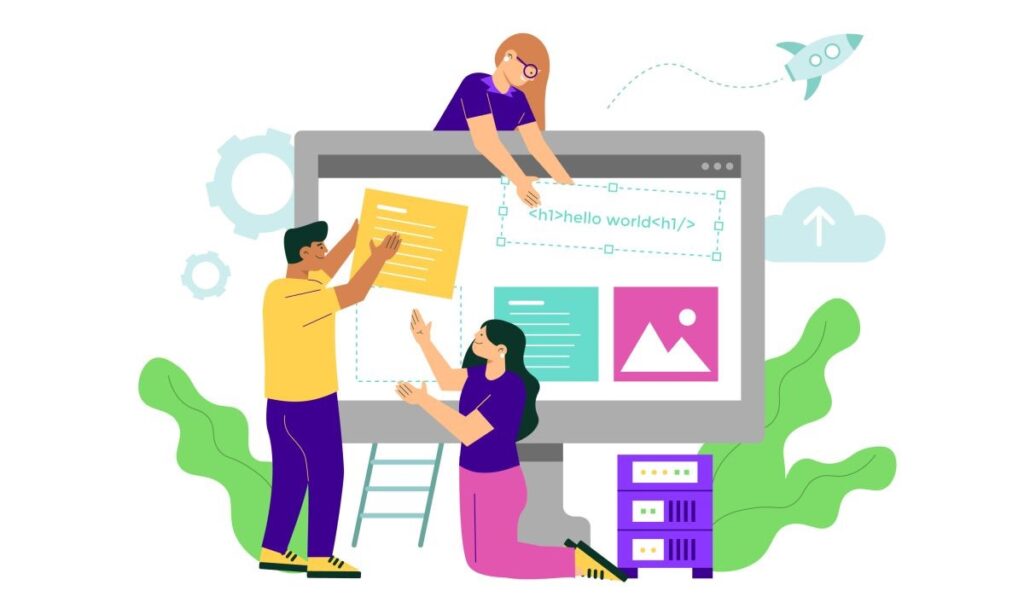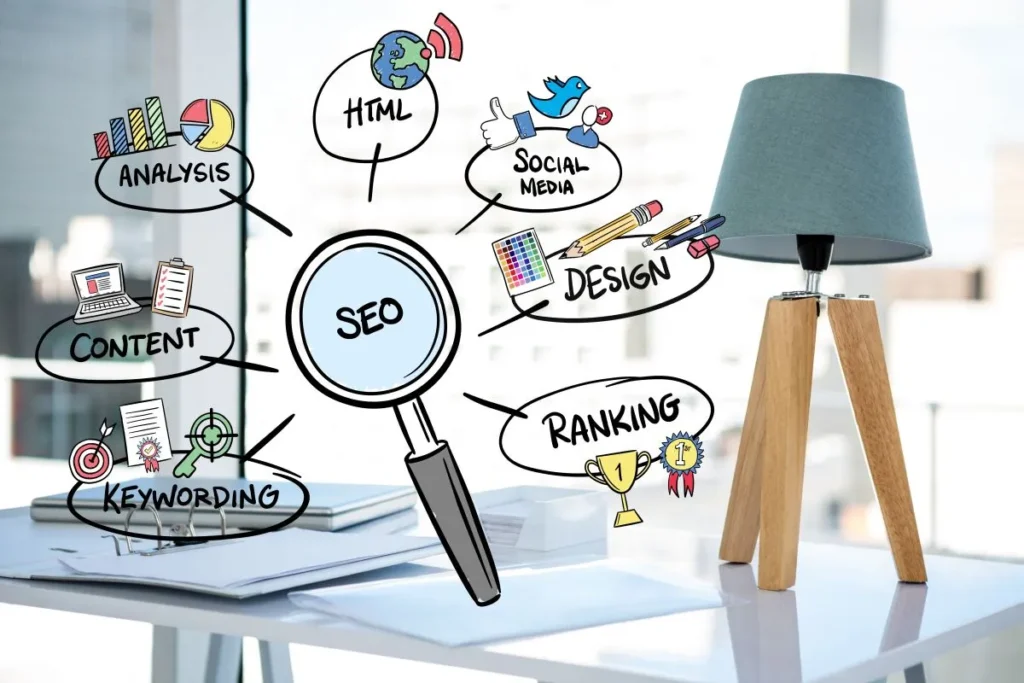When a digital interface doesn’t meet user expectations, the negative impact on a business’s bottom line can be significant. User Experience (UX) and User Interface (UI) design are crucial for keeping customers satisfied and loyal. However, if these elements are neglected, even a visually attractive website or app can become frustrating, driving potential customers away. Companies often underestimate the financial repercussions of poor UX/UI design, focusing instead on short-term gains like reduced development costs or faster time to market. However, the hidden costs associated with subpar design choices can accumulate over time, impacting everything from customer acquisition to long-term profitability.
Reduced Conversion Rates
Poor UI/UX designs can harm conversion rates, directly affecting the profit margins of any business. Conversion Rate Optimization (CRO) is increasing the percentage of users who take a desired action on your website or app, such as making a purchase, signing up for a newsletter, or filling out a contact form. The success of CRO efforts depends heavily on the quality of the user interface design and the experience of any website or app. If users need help finding what they’re looking for, need help completing a transaction, or encounter a cumbersome checkout process, they are less likely to convert.
On the other hand, a well-designed interface guides users through a seamless journey, making it easy for them to complete the desired actions. For example, simplifying the checkout process, optimizing forms for mobile devices, and ensuring that key information is easily accessible can significantly boost conversion rates. Poor design choices, such as placing call-to-action buttons in hard-to-find locations or overwhelming users with too much information, can lead to higher bounce rates and abandoned shopping carts. The cumulative effect of these missed opportunities can result in substantial revenue losses over time.
Increased Development and Maintenance Costs
Another hidden cost of poor UX/UI design is the increased development and maintenance expenses that often arise when issues are not addressed during the initial design phase. Skimping on UX/UI design in the early stages of a project might seem like a cost-saving measure, but it can lead to costly fixes and redesigns down the line. Poorly designed interfaces often require frequent updates, bug fixes, and patches to address user complaints and improve functionality.
These ongoing maintenance efforts can drain resources, diverting attention away from more strategic initiatives like product innovation or marketing campaigns. Additionally, redesigning a poorly executed interface can be time-consuming and expensive, often requiring a complete overhaul of the underlying code and architecture. In some cases, companies may need to hire external consultants or specialized designers to correct the issues, further escalating costs.

Negative Impact on Brand Reputation
Brand reputation is one of a company’s most valuable assets, and poor UX/UI design can severely damage it, making reputation management and brand protection crucial for any modern business. In today’s highly competitive market, consumers have more choices than ever before and are quick to share their experiences, both positive and negative, with others. A poorly designed website or app can lead to negative reviews, social media backlash, and a tarnished brand image that is difficult to recover from.
Users who encounter frustrating experiences with a product are more likely to voice their dissatisfaction publicly. This can lead to a ripple effect, where potential customers are deterred from engaging with your brand based on the negative feedback of others. In the digital age, where online reviews and social media comments hold significant sway over consumer decisions, a few bad experiences can snowball into a full-blown reputation crisis.
Conclusion
The hidden costs of poor UX/UI design extend far beyond the immediate impact on the user experience. From increased customer churn and reduced conversion rates to higher development costs and a damaged brand reputation, the financial repercussions of neglecting design can be substantial. Companies that fail to prioritize UX/UI design risk alienating their customers, losing market share, and damaging their bottom line. On the other hand, investing in high-quality design from the outset can lead to increased customer satisfaction, higher conversion rates, and long-term profitability. In a world where user experience is increasingly becoming a key differentiator, businesses must pay attention to the importance of UI/UX design.





